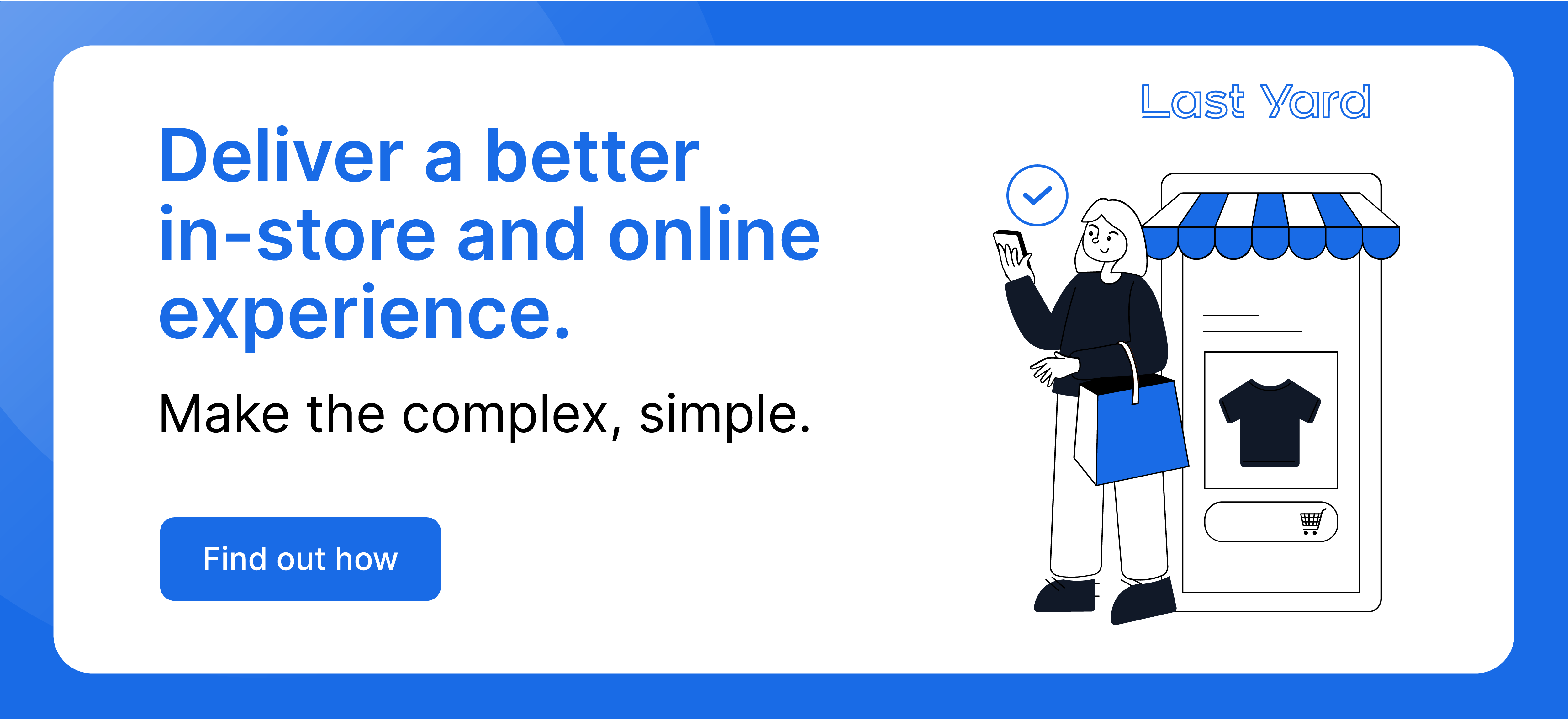Retail has always been about meeting customer needs, but today’s fast-paced environment demands more than intuition—it requires expertise in data and insights. Retailers are now continuously adapting to an ever-changing consumer in a hyperlocal context, tailoring product selections and promotions to meet the specific preferences of local communities. For example, a supermarket in a coastal town might prioritize seafood and outdoor gear, while an urban store might focus on quick meals and commuter-friendly items. Couple this with the increased demand for every day value, and you get a glimpse of the challenges retailers face.
These challenges often require specialized solutions, which inevitably result in data fragmentation. Disparate systems each hold an important piece of the puzzle. This makes it incredibly difficult to reintegrate data and activate it in-store across multiple channels.
This is one of the exciting challenges we tackle daily at Last Yard. Connecting and aggregating these data sources is the backbone of modern retail operations. Here are the three most common data fragmentation challenges we see—and how to address them:
Integration Approach
Retailers often operate with multiple platforms—POS, inventory, planogram, and marketing—that do not communicate with each other. Tackling this problem requires important architectural decisions. Do you implement middleware that will feed multiple downstream systems, or connect directly to each system from a master data platform to unify these into a single, store-specific source of truth?
Ultimately, the best approach depends on your organization’s size, the number of different brands you operate, and your budget. This decision is fundamental to everything else, so it’s worth spending some time on this one. Getting this right ensures consistent and reliable data across all channels, now and into the future.
Real-Time Processing
Without real-time access to data, retailers struggle to make timely decisions. For example, promotions may fail to execute properly due to outdated information. Adopting software capable of real-time data processing is critical and will enable you to respond dynamically to consumer behaviour, changing market conditions, and supply chain issues.
A common misconception is that batch processing data hourly, daily, or overnight is cheaper; however, in today’s cloud computing era, this is no longer the case.
Activating Data Across Channels
Even with integrated data, activating it effectively—from basic labels to personalized in-store promotions and dynamic retail media—remains a challenge. Retailers need a platform capable of executing data-driven design automation at scale. This ensures near pixel-perfect design on all customer touchpoints across millions of products, stores, channels, and data permutations.
This problem is often hidden behind large teams of graphic designers manually producing thousands of print and digital documents daily. By automating these processes, teams can focus on higher-value work and bring innovative new ideas to life in your stores. This is a great example of the sort of innovation your marketers and designers can deliver when you automate.
Conclusion
By addressing these challenges, retailers not only simplify their operations and deliver a better customer experience but also create a future-proof capability in their store data set that has the potential to unlock as innovative use cases.
At Last Yard, we believe bridging the gap between fragmented data and seamless execution is key to staying competitive in today’s retail landscape. If you’re facing data fragmentation challenges, get in touch—we would love to learn more about your situation!


